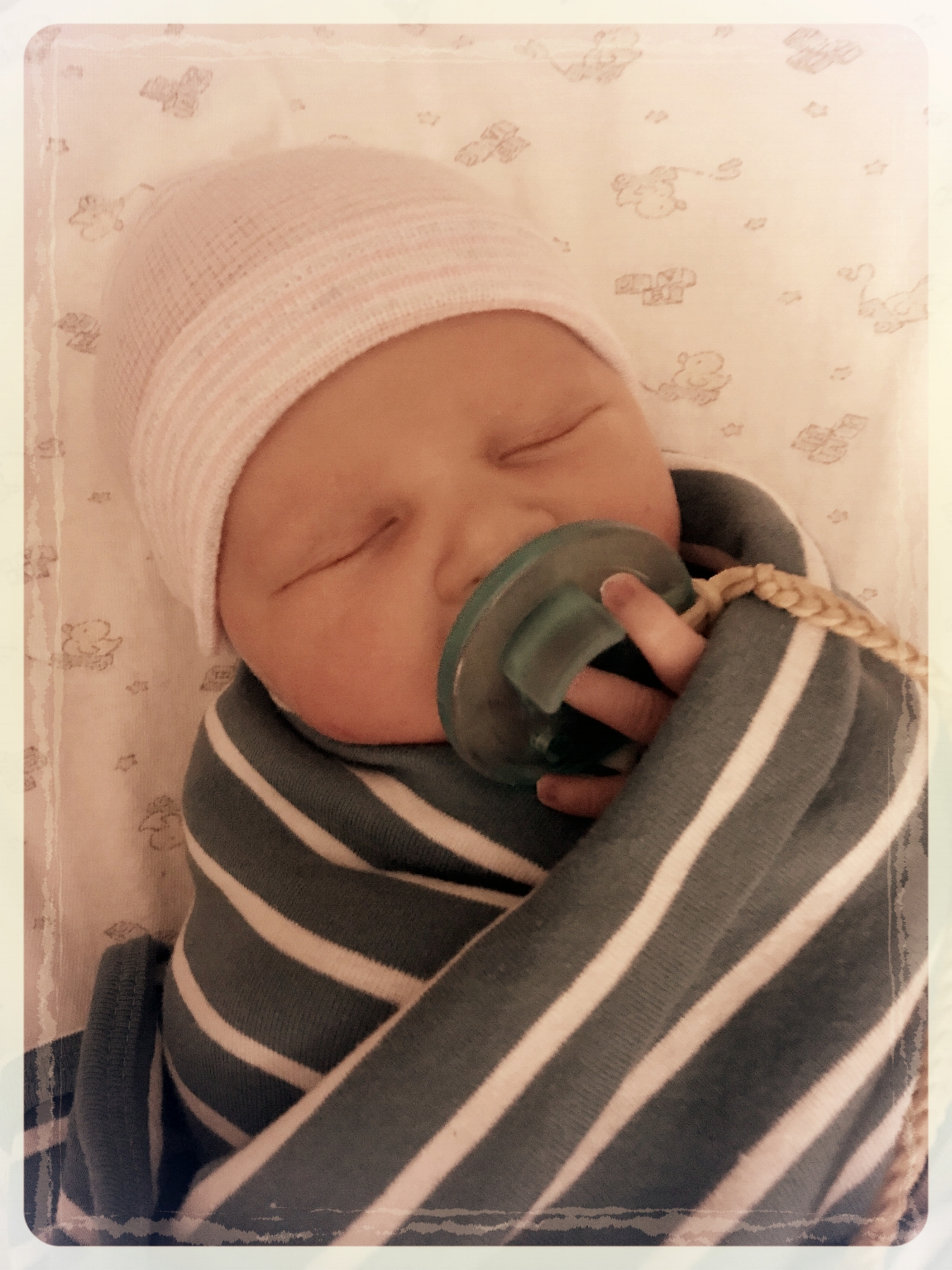Back in college, I attended the National Society for Photographic Education conference in Newport, Rhode Island. I don't remember much about it, except that Frank Gohlke, one of my favorite photographers, was the Keynote Speaker, and that the portfolio reviews helped me grow a lot.
I have since attended a few other National and Regional (now Chapter) conferences, but until this last Chapter conference in Tahoe City, it had been 9 years since the National one in Denver since I had been to a conference. Even though I'm not in Academia at all, I started wanting to go to a conference last year. The National conference this year was in Orlando, and it would have been too expensive for me to go out, but I decided to just plan on going to the Chapter conference, wherever it was going to be held in the Fall. Once the details were announced for the Southwest Chapter and registration opened up several months before the conference was to be held, I was quick to register.
At that moment, it seemed like the dates for the conference were so far off. But the day finally came, and we three loaded up the car—well, Gina and I did; Tommy didn't do anything to help pack the car, the little freeloader—and headed out West. We planned on going as far as Elko, Nevada, which is about half way between Logan and Tahoe, to give our little guy a break from his car seat, since he doesn't like being contained for long periods of time (read: periods longer than 15 minutes). But, to his credit, he actually travelled really well both on the trip out and the return trip.
After a night of terrible sleep for all three of us in a Casino Hotel, due to the cigarette smoke that had permeated throughout the entire building, we hit the road again. We made a couple of pit stops, one of them at a rest stop in western-ish Nevada, where Tommy got to crawl and play in (and eat) the gravel:
Tommy playing in the gravel at a rest stop
We finally arrived at the Granlibakken Resort at around 3 on Friday. We checked in to our room and got settled in a bit, and then I went and made a few photographs of the Truckee River, and Lake Tahoe before the conference got underway.
William B. Layton Park, Lake Tahoe, California 2017
Harrell Fletcher was the main speaker at the conference, and he gave a great speech, covering all of the collaborative work that he's done throughout his career.
Saturday morning was full of short presentations by a number of artists, including one by a friend, Bryon Darby, who presented his New Farmers project, a collaborative body of work on contemporary farmers in Kansas.
Bryon Darby presenting New Farmers
That afternoon Gina, Tommy and I went out and played tourist, and I took advantage of the nice light and made a few photographs.
Lake Tahoe at Commons Beach
Commons Beach, Lake Tahoe, California 2017
As all the attendees were gathering together for dinner on Saturday evening, Gina, Tommy and I ran into Robert Dawson, one of my favorite photographers, and Ellen Manchester, Robert's wife, one of the photographers of the Rephotographic Survey. They invited us to sit with them, and I was a little giddy to sit with two photographers who have had such great influence on my work. We had a wonderful conversation, mostly about parenthood, and the joys of watching children grow and develop. Robert and Ellen have been working on a project involving children's education in Stockton, California, and another project on libraries around the U.S., and has expanded to libraries in Europe. They're both fantastic bodies of work.
Robert was the Honored Educator for the West Chapter, and he gave a wonderful presentation chronicling his many books he's published, as well as his latest work that he is doing, some of which is a collaboration with Ellen.
Robert Dawson
Sunday morning portfolio sharing
Being at the conference felt a lot rather like coming home, like I was with "my people." It felt so good to be amongst so many other passionate artists, and I'm looking forward to my next conference!



















